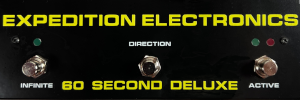Showing posts sorted by date for query Cinematic Laboratory. Sort by relevance Show all posts
Showing posts sorted by date for query Cinematic Laboratory. Sort by relevance Show all posts
Monday, June 23, 2025
Panharmonium Revisited | 'worldwide harmony?'
video upload by Cinematic Laboratory
"It's been over a year since I posted my first video about this spectral masterpiece. I posted this video a few weeks ago, but I got a bit carried away by the NATO summit in my home town and expressed my concerns. Totaly unnecessary. I also needed to relax a bit.
This channel is a modular sanctuary and it should stay free from fears and politics. It should never feel like a job. This version is clean. I also decided to leave the YouTube partner program. If you want to support this channel, please consider joining my Patreon. There's a free tier, and a 'paid' tier with no benefits except for keeping this channel alive. No pressure."
Previous description:
"It's probably me, but I don't feel comfortable with apache helicopters in the air and patriots at the coast line. The NATO summit is tomorrow and it's just a few miles away. I try to stay as far away from politics as possible but the World isn't a good place since the 2020 pandemic, the Russia Ukraine pandemic, the Israel Gaza pandemic and now Iran. If Iran attacks the USA, are we then at war with Iran too?
As always, it's a great time for some uncomplicated patching. I will revisit the Rossum Panharmonium in this video. Under the given circumstances I guess the name can be translated as Worldwide Harmony. Keep your head down and I hope I can post something new by the end of this week. MakeNoise Jumbler coming soon!"
Saturday, June 21, 2025
Elements hidden easter egg video
video upload by Cinematic Laboratory
"'A Mutable video should have a hidden easter egg'.
When I made my Elements video [below] I added an 'unlisted' video as an easter egg which was discovered by ~60 people while the original video has over 7K views. Obviously it was so well hidden it was completely overlooked, so now I made it public :)
Nothing special, it's just a bonus performance with Elements 'chord' mode, and Plaits and Rings as external sources. Check out the original Elements video for more info about the external inputs."
Elements by Mutable Instruments
video upload by Cinematic Laboratory
"I guess this is a good example focusing on the modules we already have. Elements was introduced 9 years ago on DivKid's channel and Red Means Recording did an excellent panel walkthrough about 3 years ago. It's discontinued since Mutable closed shop 'due to success and different life goals' but Mutable never left the Eurorack landscape. In fact they're still the most adopted, expanded and cloned modules around. I'll be using both Elements and After Later's ATOM in this video, which is a smaller alternative with the exact same firmware.
After nine years, i think it's time for a refreshment because even today in 2025 it's one of the coolest modules ever made, and nothing better came along. I also realized I never made a feature video for it."
Saturday, June 14, 2025
Dual mono recording and using stackables featuring Strega and 0-Coast.
video upload by Cinematic Laboratory
"New modules are cool, but old modules are cool too.
Strega Unleashed is not the most descriptive title, but hey, I suck at making my videos easier to find by a wider audience. This is for everyone who wants to get more stereo from a mono semi-modular synth.
My increasing love and diminishing hate relationship with Strega is still going strong. I was under the impression I heard most of what it can do, but I was wrong. This whole idea started when I wondered about the Buchla TTA 264 'polyphonic adapter' which could round robin notes to various destinations. I am not using it in this video, this is more like a proof of concept. Strega is obviously a mono voice, but the delay accepts 'pitch cv'. The same applies to the 'Agitation' LFO. It gets even cooler when you also have a O-Coast because it provides another VCO and the 'Slope' LFO which can run audio rate too. The 264 could send pitch CV to four destinations like a rotating sequential switch and this will probably also work with the WMD sequential switch matrix.
However, in this proof of concept I'll just use stackables to honor the 'dark easel' as it comes, so without any fancy modules you don't own, and only using free VST's from Native Instruments (Replika, Raum). So there are two main takeaways in this video, regardless of owning a Strega or not. Stackables can make your old synth sound brand new, and recording your outputs on as many mono channels in the DAW as you can - so you can mix, pan and add FX later."
Wednesday, June 11, 2025
GeneMorphing with the MakeNoise Morphagene
video upload by Cinematic Laboratory
"The Morph is 2-channel stereo, but this also means we can use it in dual mono and dub two sources at once. When we flip inputs, we can make amazing new textures. We can even loop the morph's output back in with a clever device like a matrix mixer. Let's bring some new life to the modules we already have!
I used Todd Barton's Waterphone video to harvest some sounds, used with permission. The best sounds are on YouTube! • Waterphone Demo: Waters-Hubbert [posted here]
Sidenote: I've been writing my own visual FX code over the last two weeks, trying to create nightvision filters and AI shape detection for shapes, hands, faces, etc. I needed to test them, so this video is a bit of a test case.I will use them sparsely, but not today. I know they're not top notch yet, but it feels different when you designed them yourself. Also, I want to bring a bit of the Cinematic Laboratory to a live show, allowing me to also visualize what I play when there's a big screen nearby.
Also, my efforts of exploring AI assisted coding may have brought me the opportunity to speak at a big ICT conference. I am sure some of you hate all of this, but the future is here and we can't stop it. Modular is my retirement hobby, but ICT made it possible. This is a time where I actually have to excuse myself for using AI. It's FAQ'ed up."
Friday, May 30, 2025
Spectral Paintings | featuring XAOC Samarkanda
video upload by Cinematic Laboratory
"I was planning to do a feature on the XAOC Samarkanda, but when I was checking my audio recording in Adobe Audition I noticed amazing images in the spectral analyzer. I decided to record the screen for a nice intro, but as I was playing the audio, the amazing images turned into a tour around the world. The recording was planned for the intro, with sparse sounds, simple tones and - obviously - delay. Simple tones create spectral lines and delays create layers. I've been using Plaits 2-OP FM, so these relatively complex sounds created all kind of Nth-order harmonics, which also end up as layers.
Anyway, this is a nice Samarkanda warm-up video, and a fun to watch 'waste of your precious time'. I had to post it, so I hope you like it.
Cheers,
Robert."
Wednesday, May 21, 2025
Reviving Classics with MultiMod | MakeNoise NUSS | Episode 03
video upload by Cinematic Laboratory
"MultiMod arrived two months ago, my Jumbler is pre-ordered and PoliMaths is expected end of summer or later. It's a great time to be a MakeNoise fan. However, my collection of old, classic and discontinued modules is growing way too fast. I always say that a new module should be able to revive your old modules. If not, doublecheck if you really need it.
In this video, I hooked up MultiMod with 0-Coast, Strega and DPO.
I also used my beloved Tetsuo Noise Box and run a true analog 'pling' through a Cacophon (MultiMod and Mimeophon) to find out how that would sound. Very cool."
Sunday, May 04, 2025
Intellijel MultiGrain |The Grainmakers Playlist | Episode 14
video upload by Cinematic Laboratory
"I did not expect this playlist to grow with yet another grainmaker. I am quite happy with the ones I already have and my Intellijel stealth case is already completely full. So when you already have plenty of options and no room, what better excuse is there to just get it? So here we are.
I can't just objectively use MultiGrain on its own, without considering the alternatives and Arbhar as a reference module. Is it even fair to compare it with what's already around? I think so. Objectively, MultiGrain covers a lot of ground. It's versatile and musical, but it can also do microsound adventures. However, I had to go back and forth between manual and module to find out how typical granular techniques are implemented. For instance, there's no spray, no panning, no dubbing, etc, etc. Well, it's there, but it's implemented in a completely different way. If you're familiar with granular synthesis, MultiGrain is simply not intuitive to use, even though the user interface is amazing. If you want a spray, you'll need to randomize start and length. If you want panning, you'll need to randomize level and tone. Need a threshold to start your recording? You'll need to go to the advanced sampling page which complements the main and ALT pages.
Still, MultiGrain is in my favorite top 3, but Arbhar and Morphagene are 1 and 2 respectively. I think Arbhar is more suited for musical adventures, and the Morph still wins when it comes down to splicing virtual tape and making weird sounds. MultiGrain provides a lot of both, but it will take time and patience to find what you're looking for.
I hope Intellijel will listen to their end users and work on firmware updates to streamline the experience. It would be great to splice a drum loop over the eight sounds using transient detection. It would be great if two or more sounds could play together, and it should be able to dub over a sound to make layers. MultiGrain has the potential to become the best granular module in eurorack, but not today. Not yet."
Sunday, April 27, 2025
No.1 APEX Eurorack Delays
video upload by Cinematic Laboratory
"I am not sure if there's an APEX (best of the best) delay in eurorack. If there was, I would never ended up with so many of them. The 'problem' with eurorack is that each manufacturer adds something special. They have to. I guess my 'problem' is the autistic need to make 'one brand' cases instead of a colorful patch blanket. I never fully realized I had so many delays and even though there is no good and bad in euro, I could easily build a subjective top five - in any order - except for number 1. The top spot has been taken for seven years, but is now on the verge of retirement.
I'll be using a stack of Plaits and Rings as a reference sound, so prepare for a 20 minute 'spa'. In the end, there is an APEX delay after all. I'll add chapters later, for now I want you to relax, listen, maybe even do something else, and when you hear something remarkable, check what's playing. Spin FX delays like FX-AID are not included, but mentioned in general because they're not just delays. I also think the karaoke-chip delays (e.g. Bruxa, Lyra-8 FX) are too exotic but APEX in their own field. I also didn't include any analog/BBD delays because I have no experience with them. This is not a competitive review, it's a lab tour.
Please comment if I overlooked a delay that beats everything else, I don't have/know all of them. It's also cool if you'd share your personal favorite!
Cheers,
Robert"
Tuesday, April 22, 2025
Teenage Engineering K.O. II KNOCK OUT - How about a FMT and start from scratch?
video upload by Cinematic Laboratory
"The Teenage Engineering is an affordable sampler with 64 MB of memory. In this video I'd like to focus on sampling found sounds, noise boxes and small modular setups. I'll start by formatting the internal memory (FMT) which is a great way to really get to know the KO II without going through all features first. This is not a tutorial. If you want to learn how it works, please visit @SONWU and check out his series which also includes the firmware update.
It's a great machine to stay away from the DAW but also a good 'brain' for sequencing external gear with MIDI, and for turning modular mono sounds into pads and textures. Another cool trick is to sample a chord under each pad, so you can play all kinds of complicated chord progressions with one finger."
Saturday, April 19, 2025
Buchla Tiptop 264T | ART protocol hacking with XAOC Drezno
video upload by Cinematic Laboratory
"According to Gur from TTA this was unlikely to work, but 'unlikely' is not impossible. The ART protocol is something like analog encoded digital data used to be transferred over regular patch cables. It carries information that can be used to play quantized notes on an ART capable VCO like the 259t (and obviously the ART series from TTA). I tried using XAOC Drezno to convert the ART signal to bits, and then scramble a few before recoding it back to analog. This is just an experiment and it was a bit too much off-topic for episode 14. It would also make the video too long and nobody's watching the end of long videos anymore. It makes me wonder if this could also work on MIDI data, but that's for another day."
Buchla Tiptop 264t | Buchla 200 Series | Episode 14 | Quad Sample and Hold / Polyphonic Adaptor
video upload by Cinematic Laboratory
"The original Buchla 264 is a very rare module, released in the 1970's. So it's important to realize it's a very primitive way of adding polyphony to a modular system. It's not that different from an early analog polysynth, where voice cards were used to activate two or more voices from a keyboard 'switch'. This is another fine example of doing easy things the hardest way possible, so there should be some reward in it. Apart from the polyphonic switching mechanism - you'd need four VCO's, four envelopes and four VCA's to switch between. I'll start with four Plaits, which can trigger their own internal LPG while distributing Marbles CV/GATE between them.
Then I used the Buchla LEM 218 keyboard to try and make chords. It didn't work so well, because the 264T is too slow picking the right voltage for the right key-down event. The 218 already outputs quantized notes in the 12-TET scale, so how hard could it possibly be to 'sample' the voltage from the played key and hold it? On the original Buchla 264, people used a gate lag (with the 281 envelope generator), to sample the voltage first, and trigger the hold with an end of cycle, just a few milliseconds later. Fortutnately, the 264 also has track and hold. In this mode, it can simply track the keys from the 218 keyboard, and hold it on key down. Works like a charm!
Regardless, this old-school analog polyphony is a lot of work and requires either a lot of modules, or specialized quad versions of your basic VCO, VCA and Envelope Generator. However, the module provides lots of cool resources you can use on a simpler setup, and results may be even cooler than trying to create polyphony. For instance, the polyphonic adaptor can double as a clock divider, which is missing from the current Buchla/TTA 200 series. It's super useful to clock a delay or sparse event. When combined with the 242 pulser, you could use a 11-step sequence, and pick every 2nd, 3rd or 4th event, creating all kinds of odd variations without changing the 'pins'.
Then there's ART, which is a new digital protocol for tuning a VCO, and sending quantized note and gate information. This requires an ART capable VCO like the 259T. While it's tempting to use two of those, it's much more fun to just use the principal VCO in ART mode, and use the modulation VCO in standard mode. Your voice will be in tune with other sources, but you'd still be able to create some new textures and leads. Quantized notes will steal some of the Buchla magic, so this is a best of both worlds. So if you're not pursuing polyphony (which isn't unwise), the 264 is a great source for stepped random voltages, divisions and quantized notes. Highly recommended for all you generative music lovers."
Tuesday, April 15, 2025
ADDAC 511 Stochastic Voltage Generator
video upload by Cinematic Laboratory
"ADDAC has added a really promising voltage generator to the line-up, which is labelled 'stochastic'. There are roughly three levels of randomness covered by the module. The first is traditional random voltage we know from sample and hold circuits. Then there's aleatoric, which is more controlled e.g. by using a scale and time signature variations. Aleatoric is about throwing dice, but these are used to generate variations in a stream of scaled notes. The final mode is 'stochastic' where a composition is created by setting rules and boundaries that would sculpt the composition. This can go as far as introducing chances of individual notes, scale changes and key changes, but also includes generation of expressions and envelopes. While this is still unnatural, it mimics a performance of a natural player.
The 511 has four channels with gate/CV outs, there's an internal clock, but are four external clocks to drive all kinds of events. You have eight CV inputs to add external influences and there are three logic outputs which will support conditional boolean events, counters and clocks. This is simply not a module I can explain in 20 minutes and a 60+ page manual is inevitable.
Compared to competitive modules like the SIG and the Melodicer, the 511 is prepared to design first, and play later. The others are more for live improvising with generative parameters, where the 511 lets you prepare the parameters with three states per preset, and each preset can be a movement in your performance. It all sounds like a lot of work, and it is, but IMHO the 511 is currently the most powerful generative module in eurorack.
I also need to say that there's a LOT of code involved. There's a menu per button approach, but still, there are a lot of buttons. This also applies to the SIG and honestly it could use a menu. I still haven't figured out the SIG. Melodicer is super easy, but it can only generate one CV/GATE pair.
Since it's also brand new, there may be updates. If you don't have the patience of an early adopter, I'd recommend sitting this one out."
See the announcement post here.
Monday, April 14, 2025
Stardate 2381.2 Holodeck Patch | MN-004 Morphagene Computer Fun
video upload by Cinematic Laboratory
"When you load a collection of Star Trek Enterprise sound effects into a Morphagene reel, it kind of triggers the imagination. I loved watching the original series on TV when I was a kid, and the love never went away. In this video, I imagined a 24th century holodeck simulation of a rare archeologic find, a MakeNoise synthesizer case unit thing. Ofcourse, as a 24th century researcher I needed to try and figure it out, and to fix accuracy issues with the holomatrix. The Enterprise computer has been of great help.
And yes, I used AI to recreate her AI computer voice because Majel Barrett is no longer with us. For me, personally, it's good to hear her voice again. It's functional use, and used with respect. There's no other way to make her say 'modular synthesizer is now off-line'."
Friday, April 11, 2025
Buchla/Tiptop 292T RoHS | Buchla 200 series | Episode 13
video upload by Cinematic Laboratory
"This week, the 292t quad lo-pass gate finally arrived at the EU and the UK, but without the toxic vactrol components. As you may know, vactrols require the use of cadmium, which is mildly radio active and it should not end up in the environment. The 292t RoHS can safely be disposed when it turns out it ain't no Buchla anymore.
In this video I'll do a quick test using both versions but as always, TipTop Audio did a truly amazing job. It still has the magic of the original 292c, but it's a bit quicker because there's no vactrol memory effect. The bad news is that you can't strike it with a short blip, ping or trigger. The good news is that it sounds as tight as a doornail and when you use envelopes, you will not get the feeling it's not a 292.
Still, it's impossble they will respond in the exact same way. Even the original vactrol 292 would expose tiny differences from unit to unit, where the RoHS version will be consistent. I am a huge fan of LPG's and I always assumed you can't have a decent LPG without vactrols. The excellent Natural Gate from Rabid Elephant already proved me wrong a long time ago, and the 292t RoHS confirms it. There's no need to get yourself an 'original' 292t with an illegal import. The EU/UK version is fine!"
Wednesday, April 09, 2025
DELLA - This Tiny Expander Turns Scrooge Into a Modular Powerhouse
video upload by Cinematic Laboratory
"The Scrooge drum module was already a dirty, lo-fi monster. But with the forthcoming expander, it becomes something else entirely — a modular brain of your Eurorack system, dedicated to beats, beeps, pops and all kinds of moving parts. More CV control, more flexibility, more madness.
In this video, I show how this tiny add-on takes Scrooge from a simple noise-maker to a full performance-ready rhythm engine — perfect for hard techno, industrial, and experimental electronic setups.
However, Neutral Labs was planning to offer it as a DIY little module only.
Please comment if NL needs to change their mind! It doesn't work for the desktop version with the wooden box, but IMHO it should always be included with the Eurorack version."
Sunday, April 06, 2025
Scrooge Drum Synth Module – Dirty, Lo-Fi & Built for Industrial Techno
video upload by Cinematic Laboratory
"In this video, we dive deep into Scrooge — a raw, lo-fi drum synthesis module that’s perfect for hard techno, industrial, and experimental sound design. Neutral Labs Scrooge embraces the imperfect 'malfunction' aesthetic with gritty, noisy textures that cut through the mix and add serious attitude to your tracks.
Whether you're building a hybrid setup with DAWs or going full hardware live performance, this module delivers punch and character in spades. It’s not just another drum synth — it’s an instrument with personality.
Lo-fi sound generation
Great for hard techno & industrial
Works with MIDI, DAW and modular setups
Available as a desktop and eurorack version
Hands-on control and expressive sound shaping
How would YOU use Scrooge in your setup?"
Thursday, March 27, 2025
MotorSynth MK2 | By Gamechanger Audio
video upload by Cinematic Laboratory
"When the first Motor Synth was introduced back in 2019, the synth community unanimously agreed to disagree. For some the MOTOR Synth appeared to be a completely ridiculous, overengineered and limited instrument - at one point the phrase “pure embodiment of evil hipster trash” was used, while others called it one of the most innovative and exciting instrument designs the industry had seen in years. The truth lies somewhere in the middle and I feel it's MUCH better and cooler than people think it is.
However, spending 3K on it doesn't make it yours. It's packed with so many features you'll need to find your own gemstones buried in the trash. After spending four days with this unit (on loan, not mine) I realized theirs true magic when it's limitations are starting to work against it. It excels when it fails. Please note, this unit makes a LOT of noise even when it's not connected to any amp or audio interface. Still, the mechanical noise is an essential part of the final experience and you should always record it, even when you decide not to use it later. Most of my recordings in this video has the camera audio, attenuated at -10 dB. It's really loud, but it's not a motor synth without it.
The synth is simply too expensive to make this a review, and I don't do reviews anyway. I try to focus on production value. If you're a pro composer for films and games, this thing is a highly recommended no brainer. The same applies for evil hipsters. If not, try to borrow one from an evil hipster and sample the hell out of it.
Big thanks to Gamechanger Audio for letting me borrow it. This video is sponsored by me, no money changed hands and I can't keep it.
00:00 Introduction
03:04 Day 1 - First patch with the Linnstrument (MIDI)
06:47 Day 2 - Using the V1 and V2 Sends for stereo.
08:23 Randomizing presets
10:01 Day 3 - Adding external modular FX
13:22 Motion REC
14:39 Dark Ambient with slowed down audio (50%)
16:24 Vocoder
17:50 Day 4 - Driven my Marbles CV and Triggers"
Wednesday, March 19, 2025
MultiMods | NUSS Episode 02 | One is enough, but why stop there?
video upload by Cinematic Laboratory
"The MultiMod is now officially my favorite module of 2025, but the year is still young and spring is in the air. Between you and me, I got a second one because of the audio processing. Yes I know it's a 1 to 8 CV processor but when you speed up an LFO, it becomes sound and when you spread it up, it becomes a cluster. I'll add chapter markers later because it's a long video.
I've been inspired by the works of Allen Strange and Curtis Roads, so you can expect some strange recipes and microsound adventures. It must be a coincidence but MakeNoise also covered gate delays. I'll use the 281t for mixed envelopes triggered by Pams, and the MM will make variations from it. It's great fun to send all kinds of CV to the Morphagene and it's even more fun to use two MM's, one for modulation, and one for sound 'surrealization'. I picked a new word so I will not give the false impression 'it can do audio rate'. It's more like experimental 'abuse' of the 24 bit AD/DA converter that just happens to respond extremely well with any sound source.
In the final scene I'll use a Lyra-8, which is a dream combo because the Lyra-8 is mono and it becomes a stereo Lyra-64 with MM."
Wednesday, March 12, 2025
Mastering is a Fine Art | But the basics are useful too!
video upload by Cinematic Laboratory
"First of all I am not a mastering engineer. I learned the basics at Abbey Road Institute which involve EQ, glue compression, a bit of analog color, a bit of sparkle (exciter), a tiny bit of glue reverb and a final EQ to iron out the final extremes. I learned from certified mastering engineers in London, but I don't have their experience of making any track from any artist sound better and ready for the big world. That's beyond a skill, it's an Art (with a capital A) and it takes years to learn. It would also require good ears, great taste, the ability to understand what the customer wants and extensive knowledge about what's competitive.
I've added this video to the Modular Classroom playlist [embedded below], but it's not a regular episode. I just feel it belongs there.
In the modular niche we don't work with console mixes (or tracks in a DAW). We usually record a single take to a single track and when it's recorded we can't tweak anything. It's 'frozen' in time. It's also unlikely to be able to record the same piece twice. In the modular niche we're back in the late 60's and early 70's. But we also have the advantage of using a real instrument that sounds amazing.
I recorded a problematic track for this video. I didn't know it was problematic until i listened with headphones. If you care a bit about a good final track, ready sharing on your new BandCamp album, here are a few tips you may find useful. Since we can't really change our stereo track, we may need to photoshop it a bit. With Mastering, 'less is more' is the golden rule. Sometimes people ask me about my 'mastering chain' because they like the sound of my patches. The hard truth is that I don't use any. I can't make it more less. I just record raw, and iron out possible problems BEFORE I record. When I record a Serge case, I don't have to fix anyhting. When I record a case with many digital modules, I get in-case clipping, tough resonance and stereo low end issues (mud). A DAW like Ableton offers all the tools you need, but the FabFilter tools are worth buying. You don't have to worry about subscriptions and new versions, they're excellent.
Saturday, March 08, 2025
MakeNoise MultiMod | New Universal Synthesizer System | Episode 01
video upload by Cinematic Laboratory
"The MultiMod is the first module in the New Universal Synthesizer System (NUSS), but also the first module designed by the new MakeNoise expanded development team. I am not sure, but it seems they managed to capture one of Moog's former lead designers who also contributed to the Muse. As always, expectations were high, but as always, MultiMod generously exceeded them.
Yes I know it's 'just' a digital mult with built in waveforms, and everything that comes in, goes out eightfold. It's either identical, like a true mult, or shifted in phase, reshaped or skewed. It can be clocked and frozen. I should have been impressed by having eight LFOs in various speeds and shapes but I know how to make music with those. In 2025, most of us do. However, running the MultiMod with audio rate signals is pure bliss. It's not advertised as such, I don't think MakeNoise even mentioned it in the manual or in their official videos which almost seems they've already seen an 'audio processor' in some secret office. I am speculating here, but a New Universe is bound to expand.
For me personally, biased and subjective, is one of the best effects you can get for your modular, even though it's not supposed to be one. The only thing I regret is ordering a second one for stereo crosspatching."
NEXT PAGE
HOME
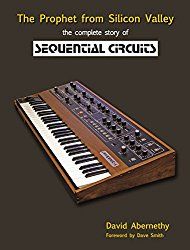
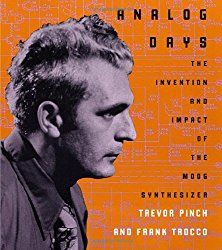
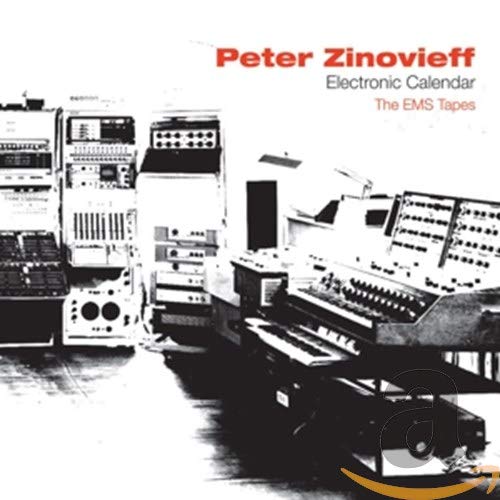
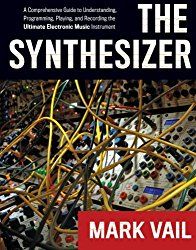
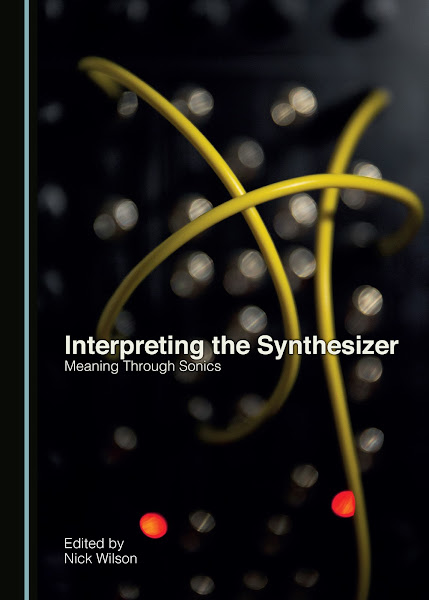
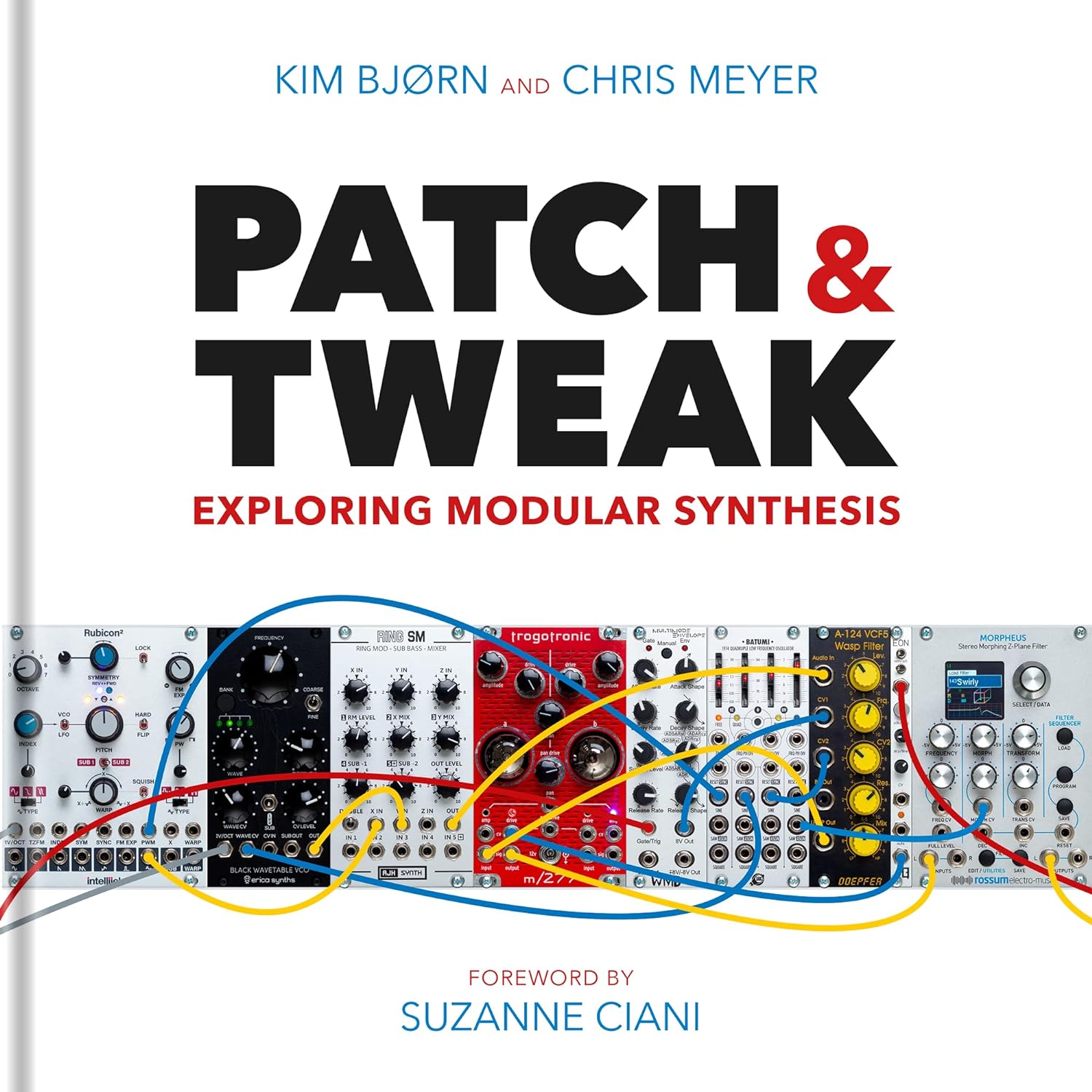
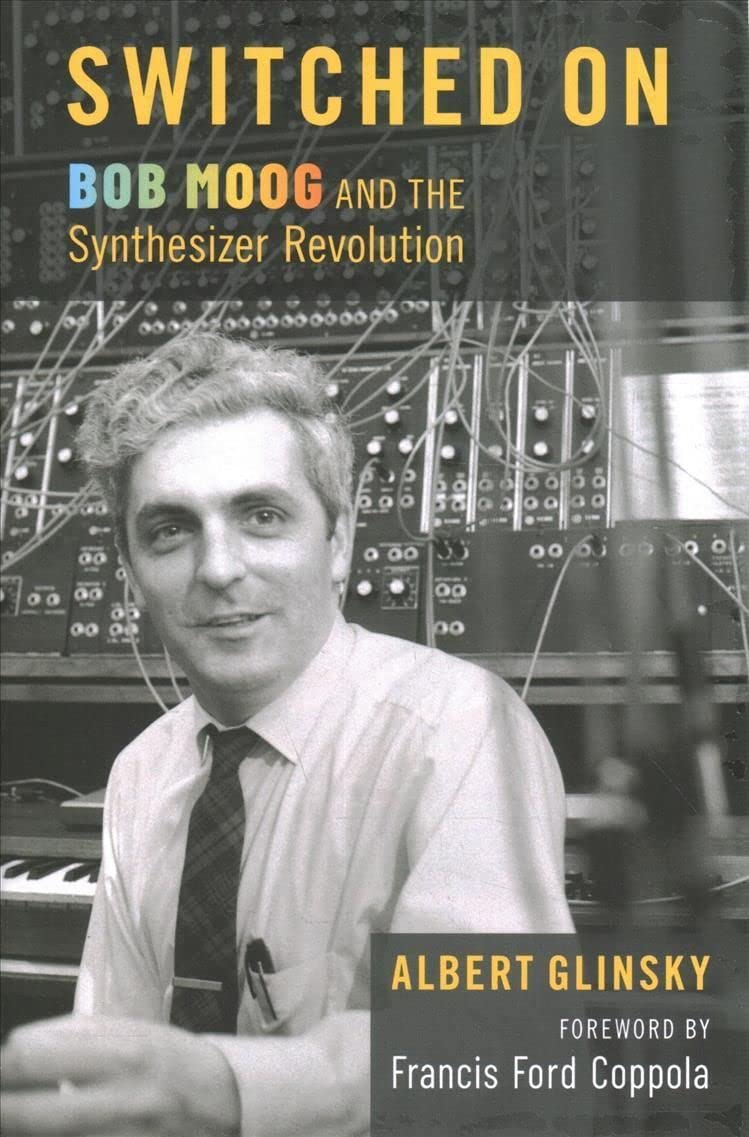
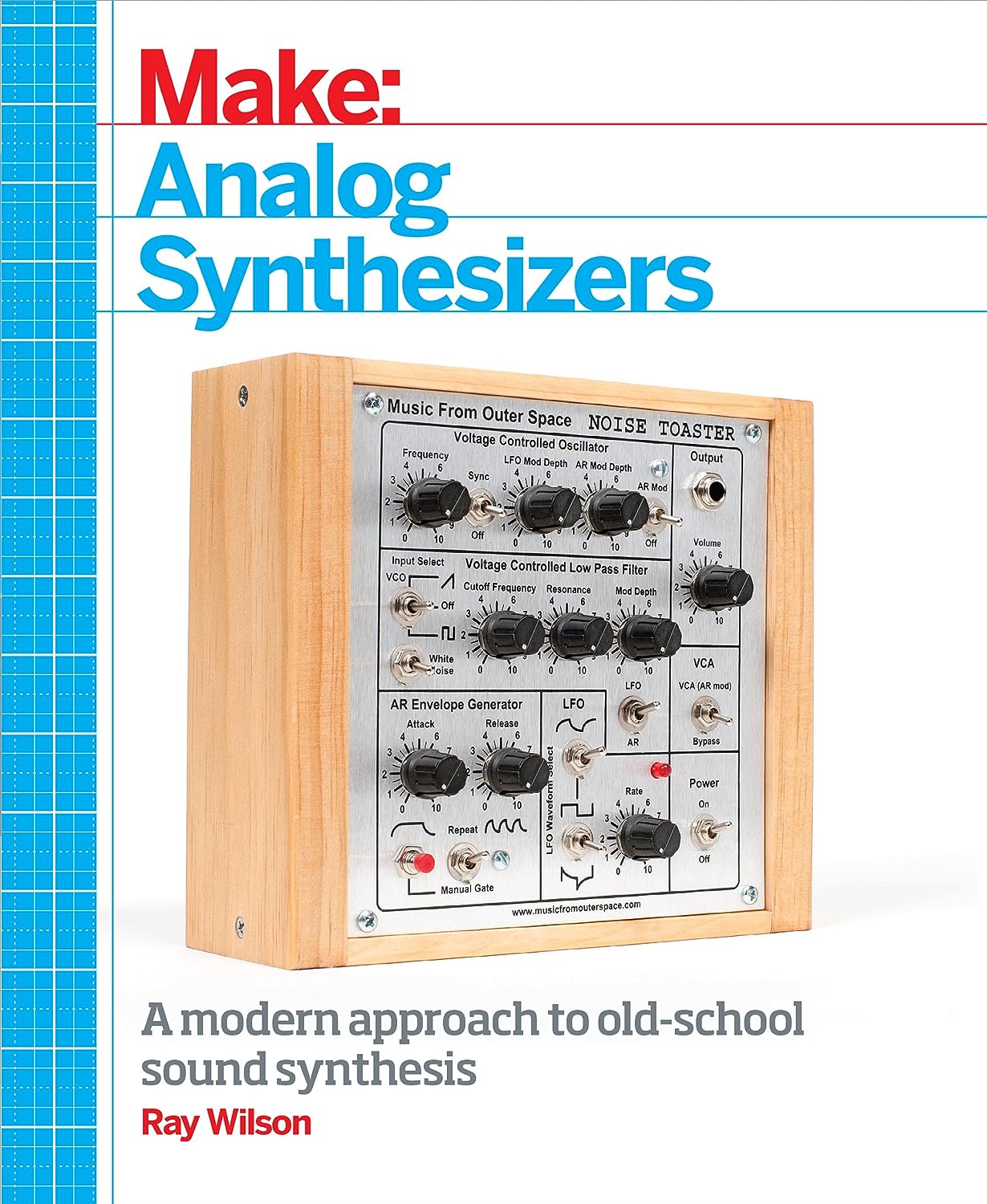
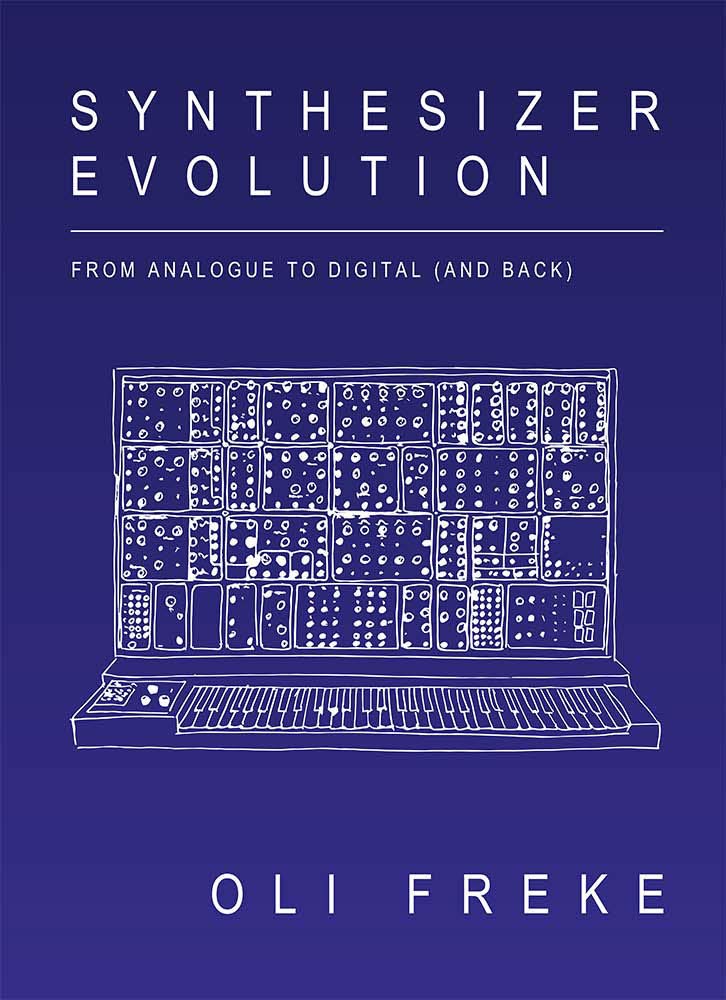
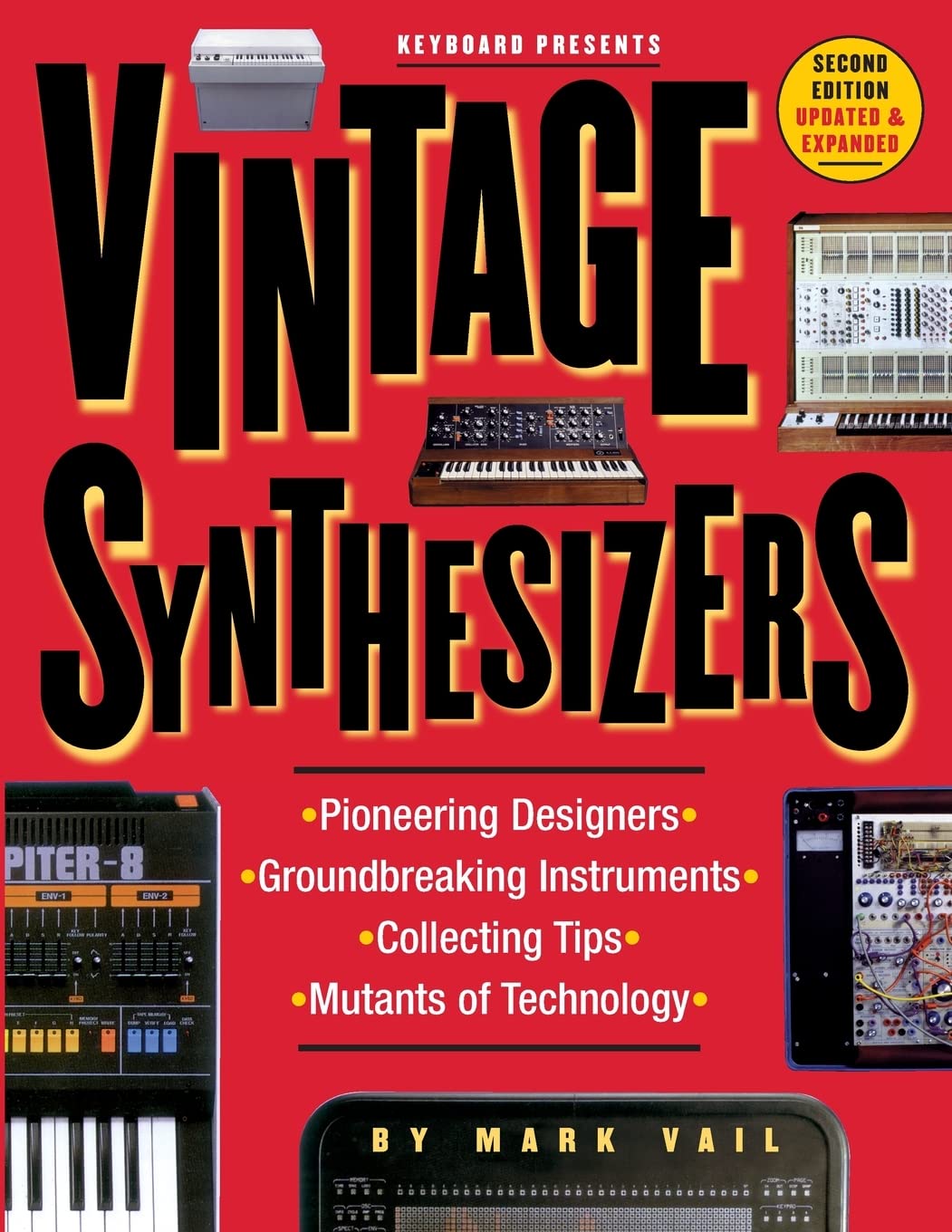
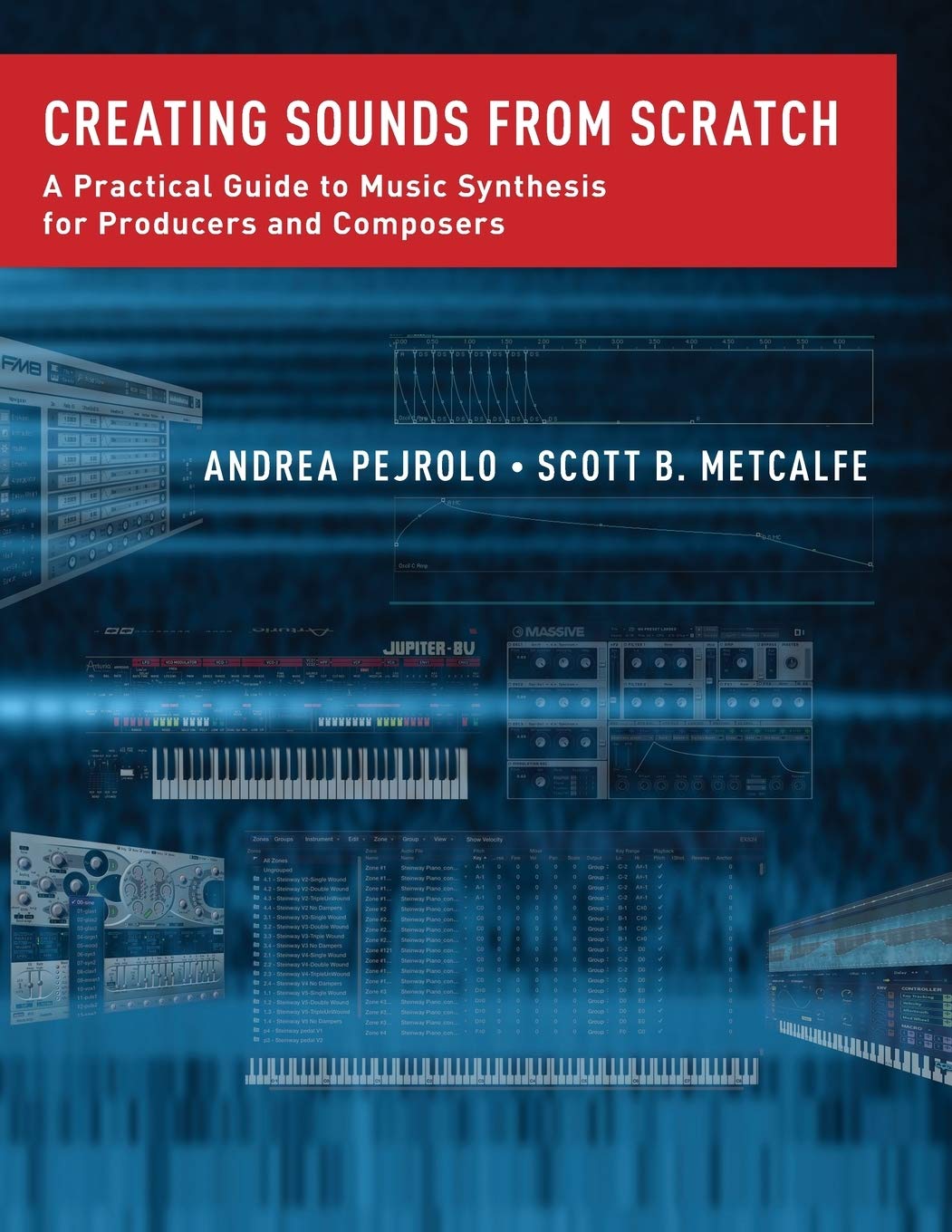
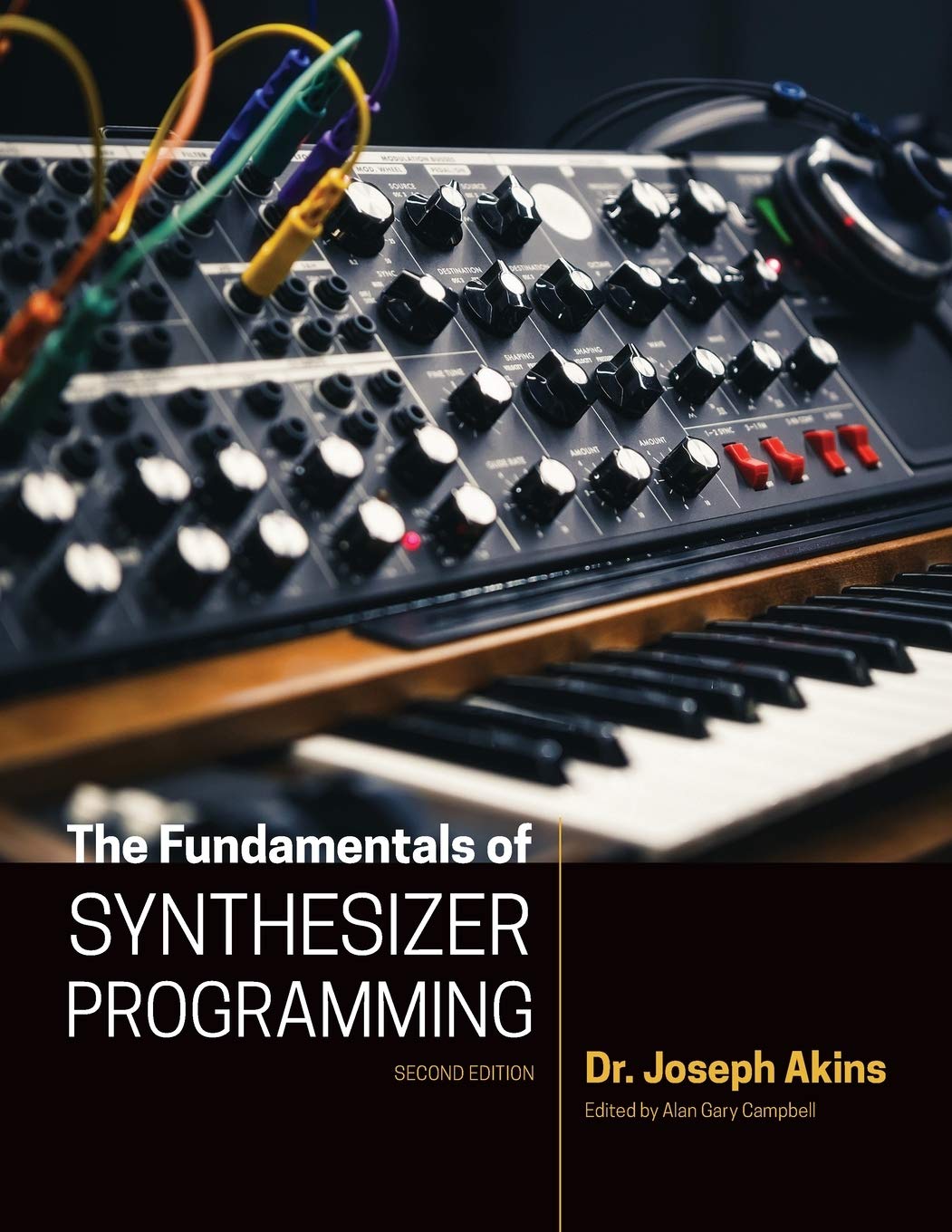

© Matrixsynth - All posts are presented here for informative, historical and educative purposes as applicable within fair use.
MATRIXSYNTH is supported by affiliate links that use cookies to track clickthroughs and sales. See the privacy policy for details.
MATRIXSYNTH - EVERYTHING SYNTH













© Matrixsynth - All posts are presented here for informative, historical and educative purposes as applicable within fair use.
MATRIXSYNTH is supported by affiliate links that use cookies to track clickthroughs and sales. See the privacy policy for details.
MATRIXSYNTH - EVERYTHING SYNTH















